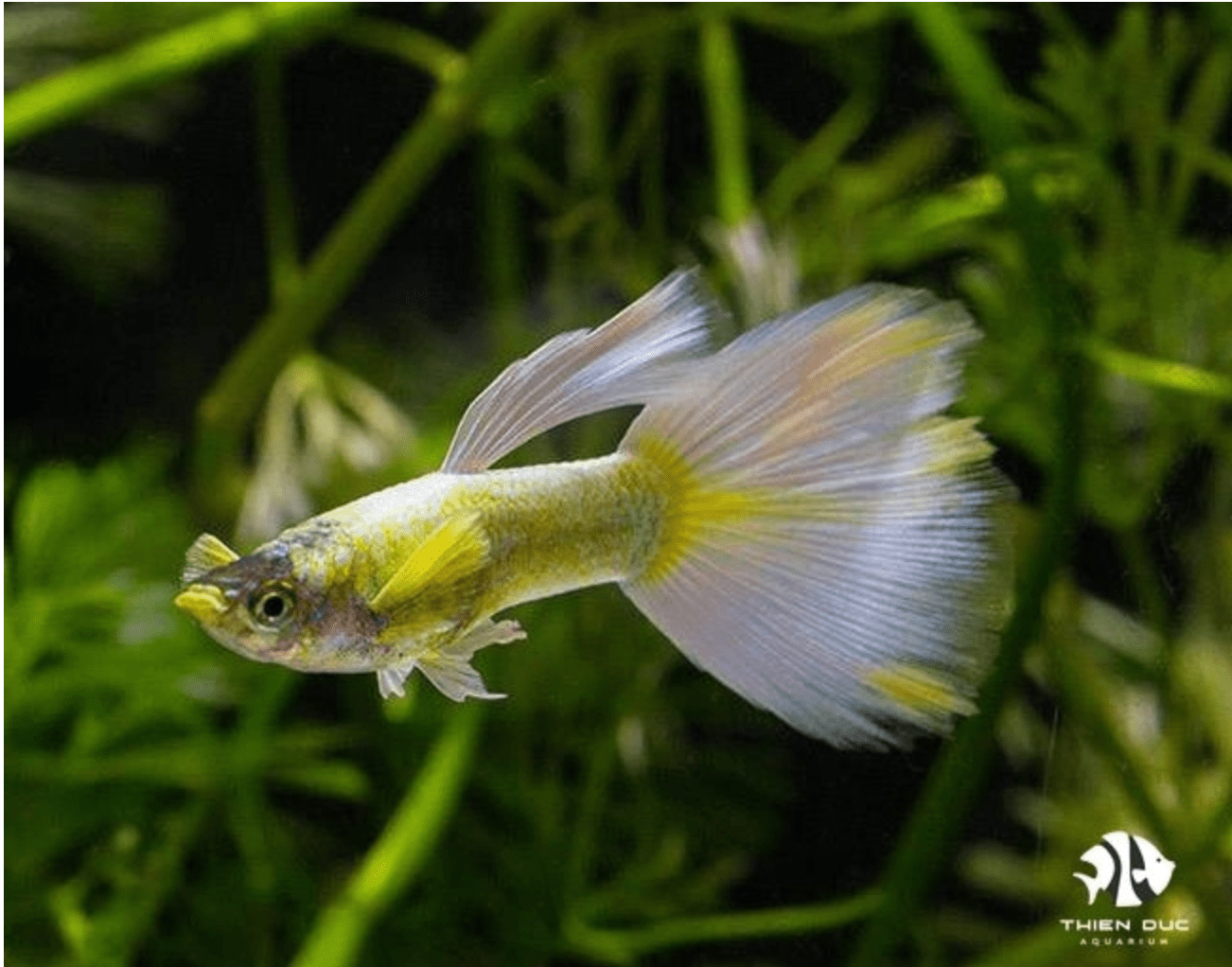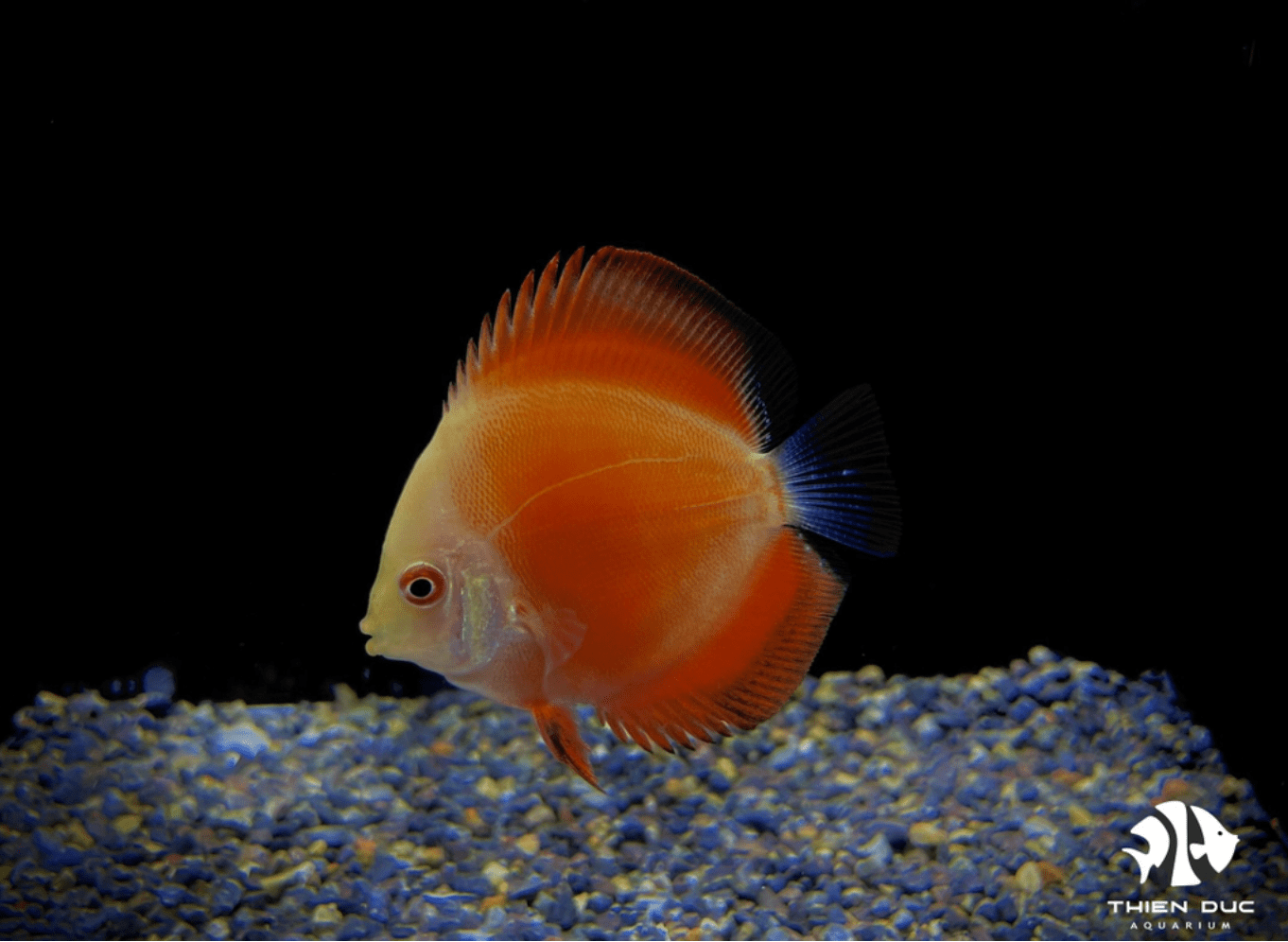Freshwater Puffer Fish Care: Essential Tips for Beginners
Freshwater puffer fish are unique pets that require specialized care. If you are an enthusiast in Europe, this guide provides the essential knowledge you need. At THIENDUC AQUARIUM, established in 2012, we understand the European market’s demand for healthy ornamental fish. Our experience in sourcing and preparing these animals for export ensures we can provide expert advice and high-quality specimens.
Understanding Your Freshwater Puffer Fish
The first and most critical step in proper care is understanding that the term freshwater puffer fish encompasses a diverse range of species, each with its own specific requirements. It is a common misconception that all of these fish can be kept in the same conditions. In reality, some species are true freshwater inhabitants, while others require brackish water to thrive. Knowing the specific needs of your chosen species is paramount to its long-term health.

-
Dwarf Puffer (Carinotetraodon travancoricus): Originating from India, this is the smallest and most popular freshwater puffer fish for home aquariums. At just over an inch long, they are fully freshwater and can be kept in species-specific tanks or with very fast, non-aggressive tank mates.
-
Green Spotted Puffer (Dichotomyctere nigroviridis): This species is a prime example of a fish often sold as a freshwater species but which actually requires a transition to brackish water as it matures. Ignoring this need will lead to severe health problems.
-
Fahaka Puffer (Tetraodon lineatus): Also known as the Nile Puffer, this is a large, highly aggressive species. It can grow up to 18 inches and is a true giant of the freshwater puffer fish world, requiring a very large, species-only tank.
Putting Together the Ideal Aquarium
Creating the right environment is non-negotiable for the well-being of your new pet. A well-designed tank replicates their natural habitat and reduces stress, a major contributor to health issues.
Tank Size and Water Parameters
The size of the aquarium is determined by the species. A single Dwarf Puffer can be housed in a 10-gallon (around 45 litres) tank, but larger species like the Fahaka will need a tank of 125 gallons (around 570 litres) or more. Providing ample space is crucial for preventing territorial aggression and stress.
Maintaining stable water parameters is equally vital. Most freshwater species thrive in a temperature range of 24-28°C (75-82°F) and a pH of 7.0-8.0. For brackish species, a hydrometer is necessary to monitor salinity levels, which should gradually be increased over time.
Filtration and Substrate
Puffer fish are messy eaters, producing a significant amount of waste. A robust filtration system, ideally an external canister filter, is essential to handle the bioload and maintain pristine water quality. An inert substrate like sand is often preferred as it allows the fish to sift for food naturally.
Decor and Hiding Spots
These fish are naturally curious and benefit from a stimulating environment. Providing plenty of plants (both live and artificial), rocks, and driftwood creates hiding spots and breaks up sightlines, which helps to mitigate aggression and territorial behaviour. A happy freshwater puffer fish is one with plenty of places to explore and feel secure.
Diet and Feeding: The Key to Health
As carnivores, puffer fish need a diet high in protein. Their feeding habits are one of the most unique aspects of their care, particularly concerning their dental health.
The Importance of "Puffer Beak" Maintenance
Unlike most fish, puffer fish have a fused beak-like mouth that constantly grows. If not worn down, it can grow to the point where the fish cannot eat. This is why providing hard-shelled foods is not just a treat—it is a necessity. Snails, crayfish, and shrimp are excellent choices that provide essential vitamins and minerals while keeping their beaks in check.

Recommended Foods
-
Snails: A staple for most freshwater puffer fish. Malaysian Trumpet Snails, Bladder Snails, and Ramshorn Snails are excellent choices.
-
Frozen Foods: Bloodworms, brine shrimp, and mysis shrimp are good options to supplement their diet.
-
Live Foods: Occasional live foods like earthworms or blackworms can stimulate their hunting instincts.
Tank Mates and Compatibility
The charming appearance of a freshwater puffer fish can be deceiving. These fish are notoriously territorial and aggressive. They are notorious fin-nippers and can quickly injure or kill other fish in the aquarium.
The "One Puffer Per Tank" Rule
For many species, particularly the larger ones like the Fahaka, the safest and only viable option is to keep them alone in a species-specific tank. This prevents any potential conflict and ensures the puffer has its own space to dominate.
Species-Specific Advice
While the "one puffer per tank" rule is a good general guideline, there are exceptions. Dwarf Puffers can be kept in small groups, provided the tank is heavily planted and there is enough space for each fish to establish a territory. When considering tank mates for a freshwater puffer fish, look for very fast, agile species that can outswim any potential aggression, such as Otocinclus catfish or fast-moving tetras, though even these are not a guaranteed success. The best advice is always to monitor your fish closely for any signs of stress or aggression.
Common Health Problems and How to Avoid Them
Despite their hardiness, puffer fish are susceptible to certain health issues, many of which are linked to poor water quality or diet.
Internal parasites and bloating
A common problem is bloating, often caused by improper diet or internal parasites. Symptoms include a distended belly and loss of appetite. Prevention is key: feed a varied diet of high-quality foods and ensure you don’t overfeed. Our extensive system of wild fish at THIENDUC AQUARIUM allows us to provide healthy, vibrant specimens that are free from such issues. We are committed to supplying the best quality freshwater puffer fish to the market.

White Spot Disease (Ich)
Ich is a common parasitic infection that can affect any fish, including a freshwater puffer fish. It appears as small white spots on the body and fins, resembling grains of salt. Treating Ich requires a combination of raising the water temperature and using an appropriate medication.
Water Quality: The Ultimate Prevention
The single most effective way to prevent most diseases is through impeccable water quality. Regular water changes (at least 25% weekly) and consistent testing for ammonia, nitrites, and nitrates will keep your fish healthy and happy. A healthy freshwater puffer fish is a vibrant and active fish that loves to explore its tank.
Conclusion
Caring for a freshwater puffer fish is a rewarding challenge that requires a deep understanding of their needs. At THIENDUC AQUARIUM, we are passionate about providing the best aquatic products. Our vast network across Southeast Asia allows us to supply healthy, high-quality wild-caught fish. We are confident our expertise will bring you the perfect addition to your aquarium, ensuring years of enjoyment.
Contact Information:
-
Address: 57 Le Thi Sieng, Tan Thong Hoi, Cu Chi, Ho Chi Minh City, Viet Nam
-
Mobile: +84903912501
-
Office: +84982577871
-
Email: thien@thienducaquarium.com










